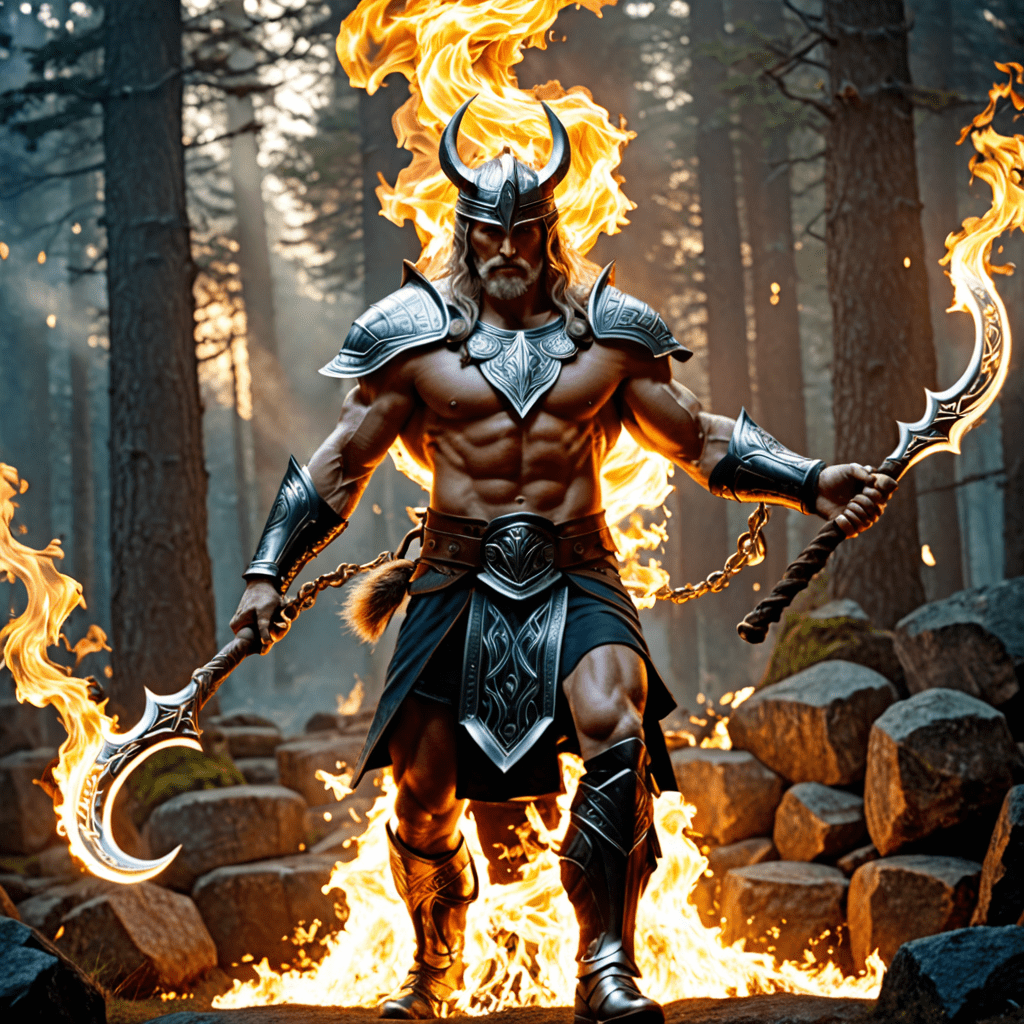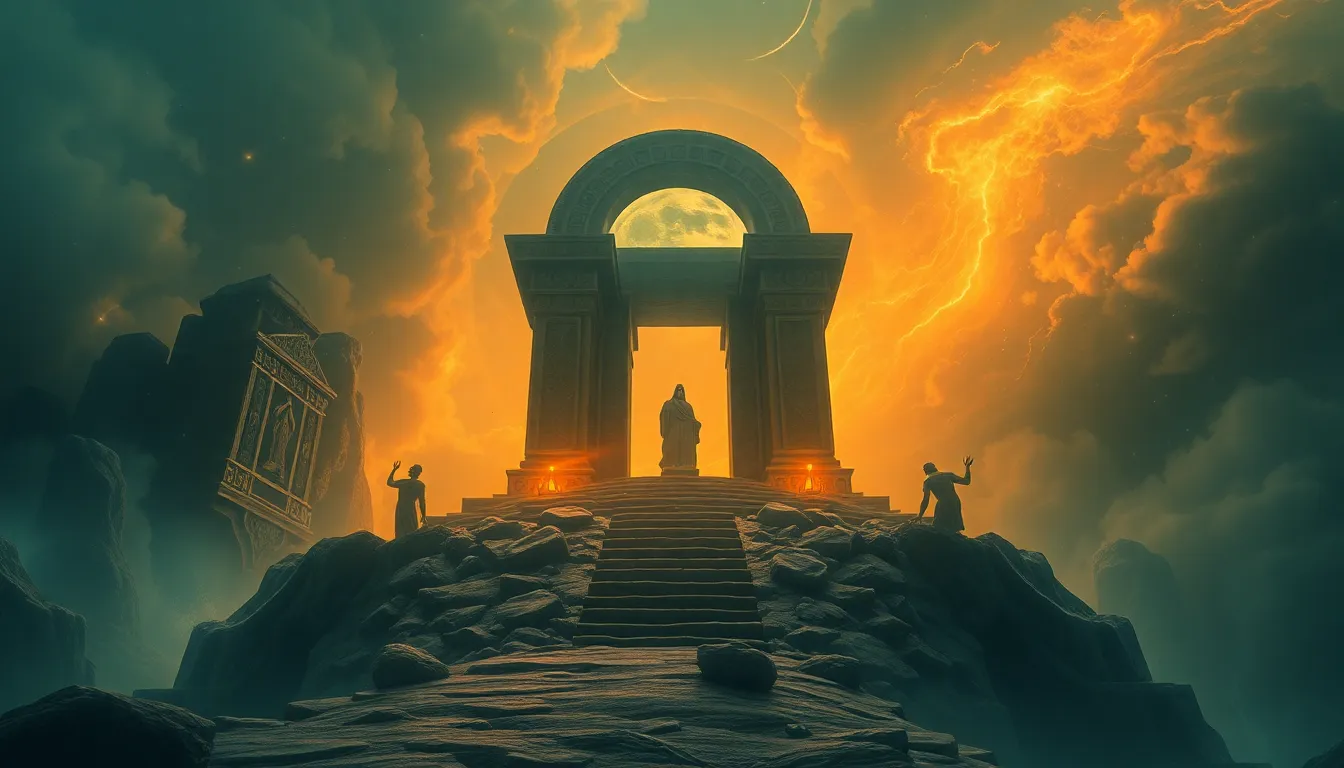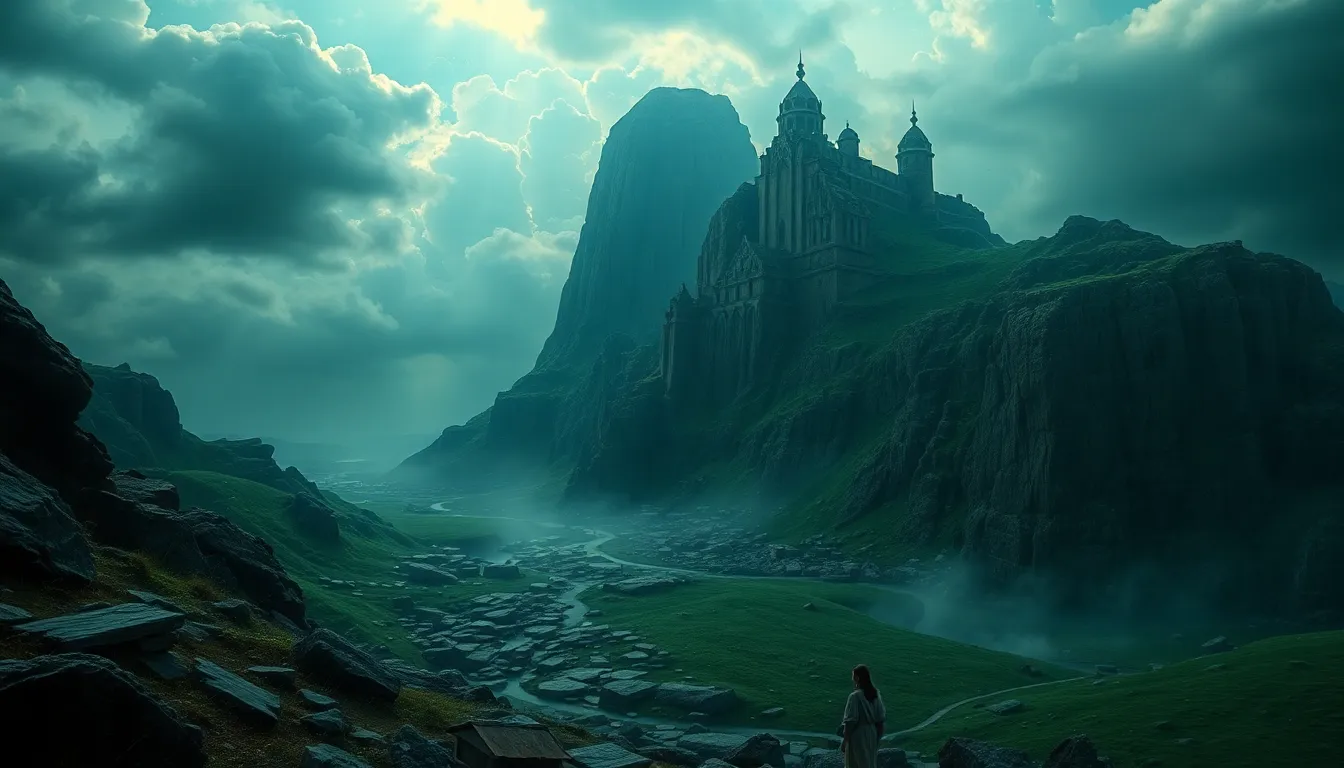The Symbolism of Light and Fire in Norse Mythology
Norse mythology is filled with rich symbolism, with light and fire playing significant roles in various tales and beliefs. Let’s delve into how light and fire are symbolized in Norse mythology and what meanings they hold.
The Importance of Light in Norse Mythology
In Norse culture, light is often associated with purity, knowledge, and life. The most famous source of light in Norse mythology is the sun, which is embodied by the mighty god Sól. Sól traverses the heavens in her chariot, bringing light to the world and symbolizing growth, warmth, and vitality. The sun’s journey across the sky was believed to ward off darkness and evil forces, emphasizing the significance of light in Norse beliefs.
The Role of Fire in Norse Mythology
Fire holds a dual symbolism in Norse mythology, representing both destruction and transformation. The destructive aspect of fire is embodied by Surtr, a fire giant who is destined to set the world ablaze during Ragnarok, the apocalyptic battle. However, fire also symbolizes purification and renewal, as seen in the forge of the dwarves, where powerful weapons like Thor’s hammer, Mjölnir, are crafted.
Light and Fire Symbols in Norse Deities
Several Norse deities are closely linked to light and fire, embodying these elements in their physical forms or actions. Freyr, the god of fertility and prosperity, is associated with sunshine, while the mischievous Loki often creates chaos with his fiery nature. Freyja, the goddess of love and war, rides a chariot pulled by two cats, invoking images of grace and swiftness—a symbolic contrast to the powerful energy of fire.
The Cosmic Significance of Light and Fire
Light and fire are not only physical elements in Norse mythology but also have deep cosmic meanings. They represent the eternal struggle between chaos and order, creation, and destruction. The balance between light and fire mirrors the delicate equilibrium that governs the cosmos in Norse beliefs, underscoring the cyclical nature of existence and the eternal dance of opposing forces.
FAQs about the Symbolism of Light and Fire in Norse Mythology
What role does light play in Norse mythology?
Light in Norse mythology symbolizes knowledge, purity, and the presence of the divine. It represents the forces of creation and enlightenment. The gods themselves often wielded light, showcasing power and wisdom.
How is fire significant in Norse mythology?
Fire is a powerful symbol in Norse mythology, representing destruction, renewal, and transformation. It is associated with both creation and destruction, embodying the cyclical nature of life and death.
Which Norse deities are connected to light and fire?
The Norse god Baldr is often associated with light and purity, symbolizing beauty and goodness. The god Loki, on the other hand, is linked to fire and chaos, representing unpredictability and change in Norse mythology.
What are some prominent myths showcasing the symbolism of light and fire in Norse mythology?
One significant myth is the story of the Æsir-Vanir War, where the Vanir gods gifted the Æsir with the divine light of the sun to prevent further conflicts. The story of Ragnarok also prominently features fire, symbolizing the end and rebirth of the world in Norse belief.


